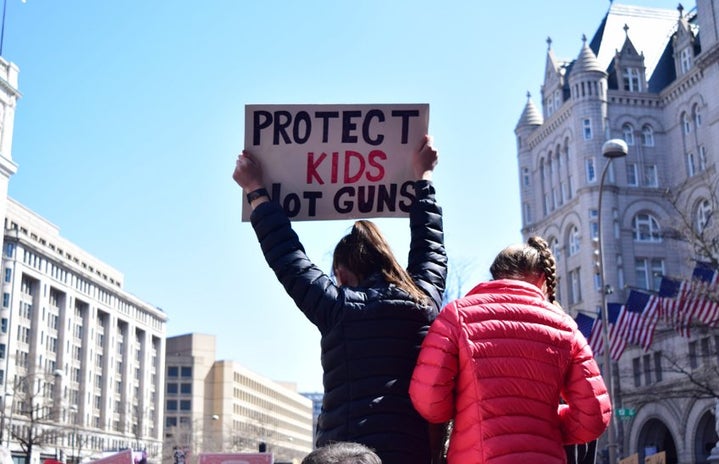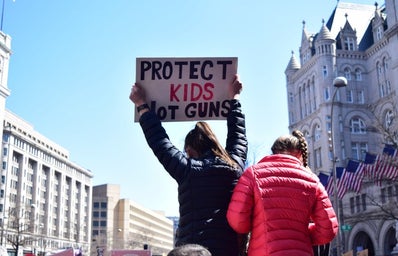In 1995, the first year Gen-Z children were born, four mass shooting events were reported. In 2012, the last year Gen-Z children were born, there were thirteen mass shootings. This year, almost five hundred mass shootings have been recorded in the United States. For years, scientists and psychologists have tried to discover a reason for a rise in these events, but have failed, until Sherry Towers.
Sherry Towers, a Canadian-American statistician and data scientist at Arizona State University, studied contagious diseases, specifically the flu. In 2015, her research concerning the contagion effect was published. The contagion effect is a theory that mass shooting behavior is contagious, which explains why so many mass shootings are clumped together.
This theory was groundbreaking, but the evidence is everywhere we turn. The contagion effect directly correlates to how media outlets cover mass shooting events. Without meaning to, news coverage can immortalize and glorify assailants, leading others to copy the same behavior, often with the same motives.
The contagion effect closely examines how the media treats mass shooters. According to research, the time between mass shooting events is directly related to how much media coverage is given to a shooting event.
This is where the issue gets tricky. Media outlets were created to inform viewers, and people must have access to knowledge of what is going on around them and how it impacts their safety and security. However, new outlets are notorious for inadvertently glorifying assailants. When a mass shooting event occurs, information about the shooter and shooting can stay in circulation anywhere from two days to two weeks, sometimes even longer. Sometimes, documentaries are created and posted on popular streaming services, where the shooter receives even more notoriety. While the media is not instructing people to go and commit crimes, they inspire others to copy mass shooting behavior.
Gen-Z will face this problem for the rest of our lives, dramatically affecting newer generations. This generation has had access to media, unlike any other generation, meaning that the contagion effect is something we must understand and find solutions to. Luckily, there are ways we can help.
While many news organizations have worked at reducing the frequency with which they name and describe a mass shooter, it is not enough. There must be universal standards set in place that provide in-depth guidance on reporting mass shooting events. Media outlets must be responsible and careful in how they report these crimes. An organization formed at Texas State University called “Don’t Name Them” has brought attention to the contagion effect and has developed solutions to this crisis. They aim to emphasize the importance of refocusing news reports on the victims and heroes rather than the assailant. They argue that “the suspects should be as unrecognized in their deaths as they were in their lives” and that focusing on victims and heroes begins the healing process and deters copycat behavior.


